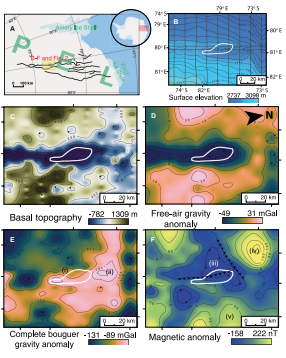この研究により、再生可能エネルギーの貯蔵、カーボンフリー燃料の製造、持続可能な材料の製造の効率が改善される可能性があります。 Research could improve efficiency for storing renewable energy, making carbon-free fuels, and manufacturing sustainable materials
2022-05-09 ミネソタ大学
この発明は、再生可能エネルギーの貯蔵、再生可能燃料の製造、持続可能な材料の製造などの重要な用途において、非貴金属触媒を用いた新しい触媒技術への扉を開くものです。
本研究は、米国化学会の主要なオープンアクセス誌であるJACS Auのオンライン版に掲載され、Editor’s Choice誌に選ばれています。また、同チームはミネソタ大学技術商業化室と連携し、この装置に関する仮特許を取得しています。
<関連情報>
- https://cse.umn.edu/college/news/energy-researchers-invent-chameleon-metal-acts-many-others
- https://pubs.acs.org/doi/10.1021/jacsau.2c00114
プログラム可能な固体酸のためのアルミナグラフェン触媒コンデンサー Alumina Graphene Catalytic Condenser for Programmable Solid Acids
Tzia Ming Onn, Sallye R. Gathmann, Yuxin Wang, Roshan Patel, Silu Guo, Han Chen, Jimmy K. Soeherman, Phillip Christopher, Geoffrey Rojas,K. Andre Mkhoyan, Matthew Neurock, Omar A. Abdelrahman, C. Daniel Frisbie, and Paul J. Dauenhauer
JACS Au Publication Date:May 7, 2022
DOI:https://doi.org/10.1021/jacsau.2c00114

Abstract
Precise control of electron density at catalyst active sites enables regulation of surface chemistry for the optimal rate and selectivity to products. Here, an ultrathin catalytic film of amorphous alumina (4 nm) was integrated into a catalytic condenser device that enabled tunable electron depletion from the alumina active layer and correspondingly stronger Lewis acidity. The catalytic condenser had the following structure: amorphous alumina/graphene/HfO2 dielectric (70 nm)/p-type Si. Application of positive voltages up to +3 V between graphene and the p-type Si resulted in electrons flowing out of the alumina; positive charge accumulated in the catalyst. Temperature-programmed surface reaction of thermocatalytic isopropanol (IPA) dehydration to propene on the charged alumina surface revealed a shift in the propene formation peak temperature of up to ΔTpeak∼50 °C relative to the uncharged film, consistent with a 16 kJ mol–1 (0.17 eV) reduction in the apparent activation energy. Electrical characterization of the thin amorphous alumina film by ultraviolet photoelectron spectroscopy and scanning tunneling microscopy indicates that the film is a defective semiconductor with an appreciable density of in-gap electronic states. Density functional theory calculations of IPA binding on the pentacoordinate aluminum active sites indicate significant binding energy changes (ΔBE) up to 60 kJ mol–1 (0.62 eV) for 0.125 e– depletion per active site, supporting the experimental findings. Overall, the results indicate that continuous and fast electronic control of thermocatalysis can be achieved with the catalytic condenser device.



